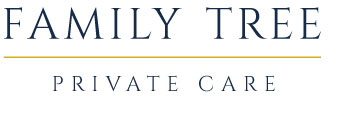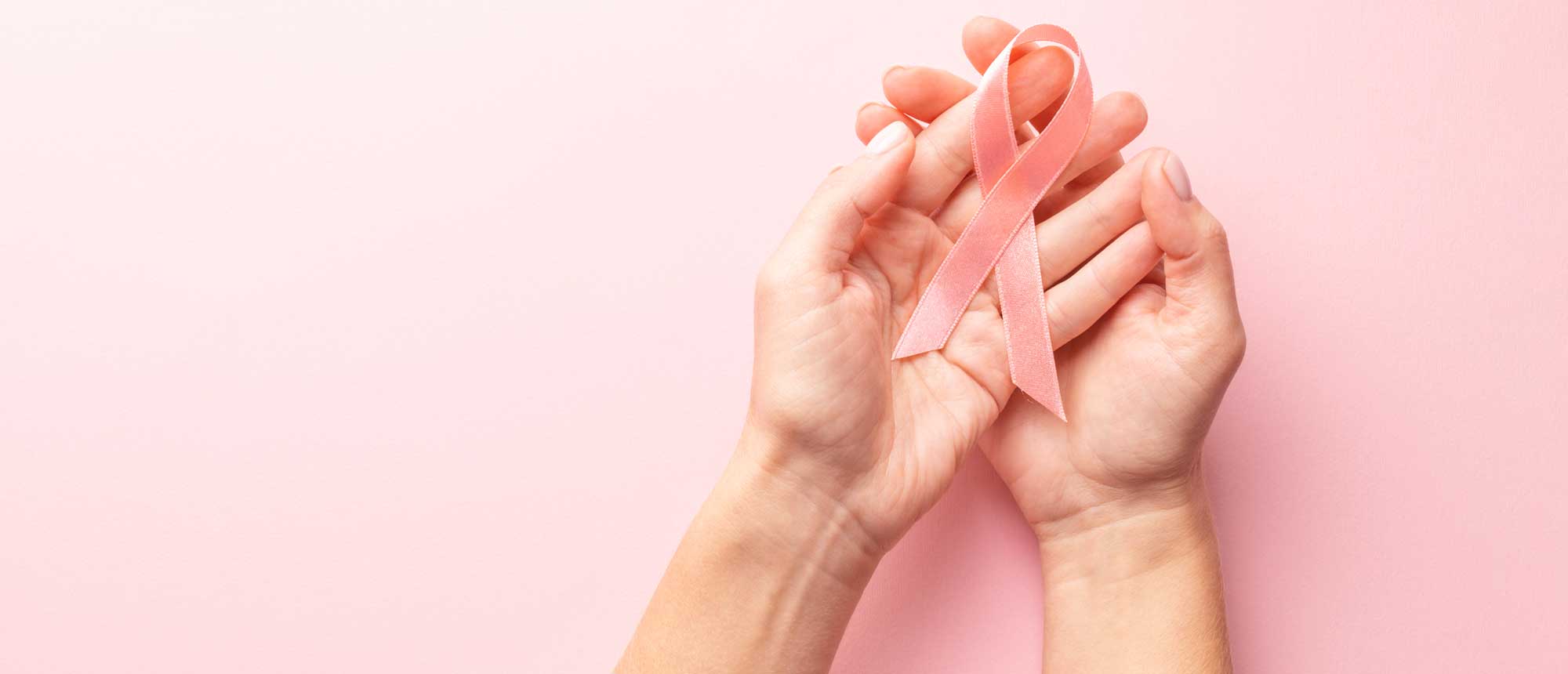04 Oct 7 Common Signs of Breast Cancer in Seniors
Important Statistics to Consider When Dealing with Breast Cancer in Seniors
- Every 2 minutes one case of Breast Cancer is diagnosed in a women in the U.S.
- Women in the U.S. have a 1 in 8 lifetime risk of being diagnosed with Breast Cancer.
- Improvements in early detection and treatment have led to a 39 percent decline in breast cancer deaths in the U.S. between 1989 – 2015.
Fortunately, the death rate is declining, thanks to advances in medicine. Early diagnosis and prompt care are essential to manage and treat the condition. If you are helping to care for an elderly loved-one living at home, here are seven common signs and symptoms of breast cancer in seniors to help you detect the condition as early as possible:
1. Partial or Full Swelling in the Breasts
Breasts vary slightly in size in healthy women. However, breast cancer may cause partial or complete swelling in one or both breasts. Notably, the skin over the swollen areas may feel tighter than the rest of the skin.
2. Lumps & Warts in the Breasts
Breasts naturally feel lumpy. However, breast cancer can cause the formation of lumps and warts that feel harder than the rest of the flesh.
3. Lumps Under the Armpits
The formation of lumps under the armpits happens when the breast cancer spreads to the lymph nodes located there. The lumps can also spread to the collarbone. It is worth noting that this can occur before lumps form in your breasts.
4. Changes in the Breast Skin
Breast cancer can cause inflammation on the breast skin and other conditions that alter the skin’s texture. Common changes include scaly skin and thickening, and they often induce itching.
5. Changes in the Nipple
Breast cancer also often causes the nipples to retract or become inverted. Consequently, the nipples tend to look smaller – they can also feel tender and painful. It is worth noting that the problem gets worse during ovulation.
6. Nipple Discharge
Breast cancer is one of the many causes of discharge from the nipples. The discharge can vary in texture (thick or thin) and color (milky, yellow, green, or red).
7. Genetic Risk Factors
Breast cancer is not hereditary, but some people are genetically disadvantaged. To this end, you have a higher risk of developing breast cancer if one or more of your first-degree relatives suffered from the condition.
Although breast cancer is a serious issue, decreases are associated with new treatment options and earlier detection with at-home, and in-office screening. There has been a 39 percent decline in breast cancer deaths in the US between 1989 – 2015. Let’s continue that downward trend.
The best action you can take to detect breast cancer and catch it before it spreads is to get regular mammograms. The American Cancer Society states that women ages:
- 40-44 can start yearly mammograms
- 45-54 should get yearly mammograms
- 55+ can switch to every other year, but can also choose to continue yearly mammograms
In-home breast exams and clinical breast exams at the doctor’s office are also encouraged by many healthcare professionals, and they may help you or your doctor detect any changes or lumps in your breasts.[/vc_column_text][/vc_column][/vc_row][vc_row][vc_column width=”1/2″][vc_column_text uncode_shortcode_id=”341542″]
Professional Caregivers Can Help Families Concerned about Breast Cancer in Seniors
- Transportation
- Doctors Appointments
- Medication Management
Do you have an elderly relative suffering from breast cancer or at a high risk of developing the condition? A professional in-home senior caregiver from Family Tree In-Home Care can help schedule regular doctor appointments for regular screening. Additionally, with home care assistance, we can help your loved one manage the condition if the worst-case scenario comes true. Get in touch today to learn more about how we can help.


